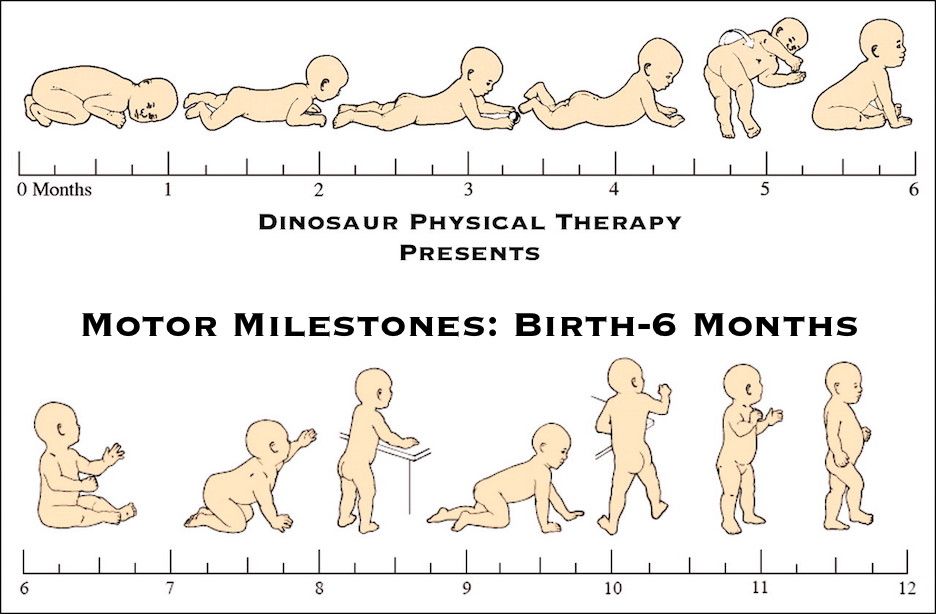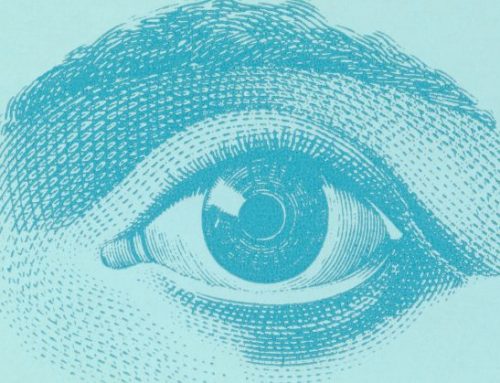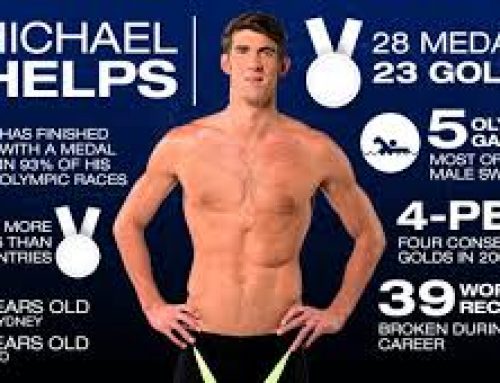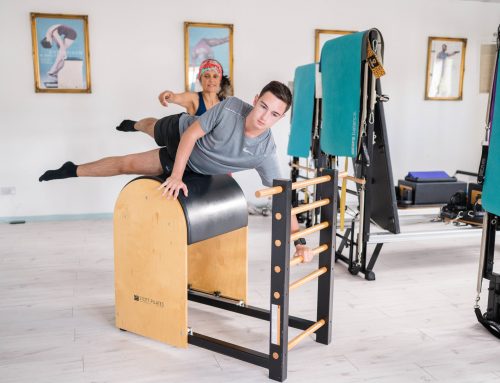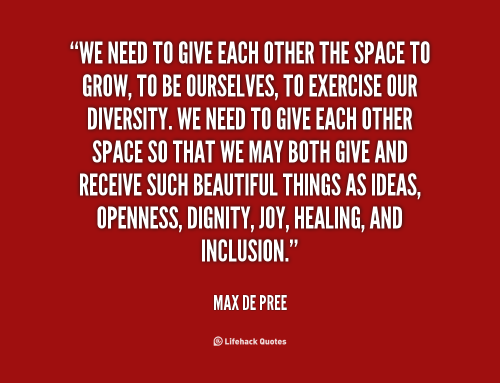If you are suffering from chronic pain in the neck, shoulder, hip or lower back, there’s a bigger picture than just doing a few simple exercises to rehabilitate – whether it be functional movement, pilates or yoga. A proper assessment rather than guess work tells a thousand stories. Everything is connected and related in the body; it is impossible for it not to be, as the age old skeleton song goes on: Dem bones, dem bones, dem dancing bones. Doin’ the skeleton dance. The foot bone’s connected to the leg bone. The leg bone’s connected to the knee bone… Oddly it is 2023 and we have more research, resources, facilities and pharmaceuticals than ever before and yet the allopathic system is failing in so many ways.
The injured patient or client has been focused on the painful area, the disease and how to get rid of it. Of course this is a natural response in the body. “The Pain Science arena is focused on pain itself and on the patients’ conscious beliefs around their pain. A redirection of focus toward function beyond the pain, and awareness of how unconscious behavioral programming accounts for the majority of lifestyle habits and perceptions, may facilitate more effective outcomes. Other unconscious processes which are known to contribute to persistent pain, yet are still largely unacknowledged in musculoskeletal practice, are those involved in central sensitivity.” 1. The problem is that most of us without knowing repeat the same behaviour and approach to pain for years and we never get rid of the problem. Never once do we think to change our approach. We simply copy those around us and never think to question those who tell us.

Image Matt Wallden: The ghost in the machine- Is muscular skeletal medicine lacking soul?
I spend hours assessing clients and writing programs and then taking them through the CHEK coaching model. This enables me to get a bigger picture on their health, lifestyle habits and belief systems.“Pain is not an object we can “do something to” it is an experience we can seek to assist the patient to make sense of. This notion is captured in the assertion that pain is a verb, not a noun (Efthimou, 2018).” 2 There are so many variables that contribute to pain including poor sleep, poor nutritional habits, dehydration, sitting for long periods of time, faulty breathing patterns, irritable bowel and headaches to name but a few. When I am rehabilitating clients, few clients know about the relation to pain and hormonal, visceral, limbic and muscular skeletal stress.
A leaky gut can lead to decreased serotonin production and inflammation in gut lining stimulating the dorsal horn in the spinal chord leading to central sensitivity. “Central sensitivity will create altered motor control and local postural reflexes which may lead to bloating and compromised biomotor function; that may perpetuate or generate new tissue damage. Neurogenic inflammation as a result of central sensitivity with or without pro-inflammatory biochemical conditions can create decreased pain tolerance in damaged or healed tissues; as well as compromising the healing process itself. Beliefs affect nutritional choices and contextual perception of pain; these can be both conscious, examined beliefs, and unconscious, hidden beliefs, the latter being exponentially more potent. Ultimately pain tolerance is decreased, and pain perception is increased.”4
Infant development
Chronic pain clients that come to me have only ever been assessed using scans, MRIs and X-rays. This definitely is a must and has its place. However few have been taken into the bigger realm of the body spiritually, mentally and emotionally. This would be considered whoo whoo by many. Yet growing evidence and studies shows so many benefits of pain relief and reduction by doing such practices as meditation, breathing and yoga to name but a few.

Length tension relationships, dynamic movement patterns, neurological testing, SIJ (sacroiliac joint), breathing, shoulder, spine, atlas, TMJ (tempo-mandibiular-joint) and the pelvis are just a few of the things that I look at. Most clients are aware of infant development patterns on the floor like crawling, pulling, pushing, reaching and then standing, but are then unsure how they carry through to their every day function in life.
The other important areas I focus on are primal movement patterns (squat, push, pull, bend, lunge, walk and rotate) breathing patterns and naval radiation (inner unit work and proper recruitment). I find that most people’s developmental compensations and pain patterns highly correlate to breathing dysfunctions (inverted, hypo or hyper mobile ribs, decreased first rib angle, forward head posture, trigger points in diaphragm, etc) and lack of inner unit recruitment. This is where all life and movement begins and ends. A persons diet rich in poor quality carbohydrates and sugar will always result in faulty breathing patterns, without changing the diet this keeps the central nervous system sympathetic dominant which means catabolic break does and a sensitivity to pain.
The whole hormonal system, nervous system and glandular system are in a phase lock relationship. As the infant develops there is an integration of mind and body. Giving infant development movements to adults can unblock emotions and activates the blocked areas of the whole system to get the body ready to receive. That is after all what the asana part of yoga is. It’s putting the body into shapes and postures so it can receive and be open like an antenna. If we put restrictions on infants and children it has a correlation to later on life. Infants are constantly learning how to relate to their surroundings and understanding their body.
Bibliography
The ghost in the machine – Is musculoskeletal medicine lacking soul? – 1,2,3,4
Matt Wallden Paul Chek DOI:https://doi.org/10.1016/j.jbmt.2018.02.019
Infant development and adult dysfunction – Josh Rubin

